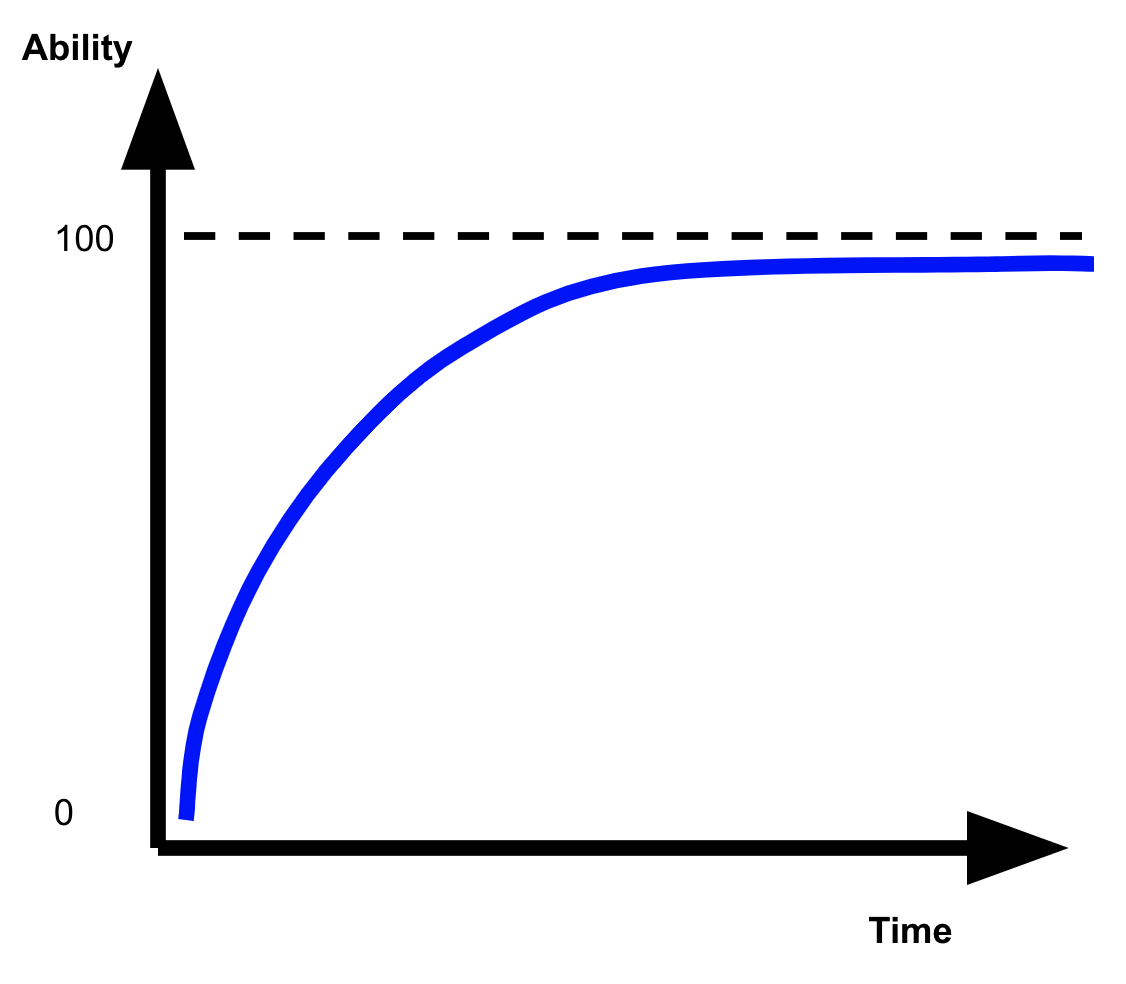How chasing perfection and being a perfectionist don’t align
/By Duncan Anderson. To see all blogs click here.
Reading time: 4 mins
Are these two ideas in opposition?
Idea 1: "We have a great deal of ground to cover. We’re going to do things a lot differently than they’ve been done here before … [We’re] going to relentlessly chase perfection, knowing full well we will not catch it, because perfection is not attainable. But we are going to relentlessly chase it because, in the process, we will catch excellence.” - Ken Kocienda
Idea 2: “Be An Imperfectionist: Perfectionists spend too much time on little differences at the margins at the expense of the important things.” Ray Dalio
Comment:
IMO they are actually two slides of the same coin. IMO you want to try chase perfection AND be an imperfectionist.
IMO you want to aim to be epic, but to know you can always improve, and that you’ll constantly have to change your focus; meaning you leave many things severely ‘imperfect’.
*aside: IMO this is a rearticulation of "perfectionism vs sufficiency".
Perhaps in pictorial format
What people think 'trying to reach perfection' looks like. AKA a fixed mindset.
What growth mindset people think improving looks like
I feel that learning is not continual growth in one area, but growth in consecutive areas that look like little ‘s-curves’.
I.e As you gain higher abilities in one area you unlock a new area of growth where you start a new S curve
However, IMO even the above graph isn’t right. Normally subsequent ‘growth areas’ have a multiplier effects on top of prior areas. Ie learning in each new area also makes previous areas more valuable.
An example of consecutive ‘s-curves’ for ‘written communication’
S-Curve 1: using words alone
S-Curve 2: incorporating quotes
S-Curve 3: using analogies
S-Curve 4: using equations, eg pain + reflection = progress
S-Curve 5: using taxonomies, eg L1: remember, L2: understand, L3: apply, L4: analyse, L5: evaluate, L6: create
S-Curve 6: using visual models like the a 2x2 or the ones further up this blog.
Etc etc.
Aside: so much of the fun is finding new s-curves to surf. Super gnarly bro!
So in some respects IMO the best way to improve is to be a curious imperfectionist who strives for perfection but actually wants excellence and is constantly exploring new things. (IMO that sentence is convoluted and actually says the same thing twice… it’s looking orthogonally at itself. Ha!)
IMO one trick is to aim to constantly improve and to not be restless that your ability is not good enough at the same time.
Try to constantly improve and to be at peace.
Try to constantly improve and not be unsatisfied, to be satisfied.
Jingle 1: To be content with not being content if you will ;)!
Try to constantly improve and in area 1... and then to find out about a new area, area 2 - know that while you can still improve in area 1 it can be more effective to put your effort into area 2… this is because you will unlock a new opportunity set (area 2) but also ind doing this you will improve your ability in area 1 at the same time (multiplier effect).
Example - Edrolo textbook questions
Area 1 = Y11/12 exam style questions which are aligned with VCAA
Area 2 = Y7-10 questions optimized for best learning and are not bound to any constraints
We can still get a lot better at Area 1, but by focusing in Area 2 where we have less restraints we are able to find more ingredients that have the potential to increase our understanding and allow us to make higher quality VCAA exam style questions in the future
Jingle 2: To be a work in progress, to always want to be a work in progress, to like being a work in progress.
IMO it’s possible for the world to only ever get more interesting.
IMO one way for this to happen is to constantly learn (level up) in new areas.
IMO, typically the more you know about something the more interesting it is (see ‘experience points’ blog).
IMO the more areas you know about the broader the solution sets you can conceive.
So the more areas you have knowledge in the more interesting the world is AND the better the solutions you can come up with to help improve the world… so a multiplier effect on the multiplier effect?
IMO, done well, knowledge and ability compound. IMO it’s possible for your mind to be eg 100x better at coming up with solutions than it is today.
I said I was going to do short blog, but one more...
Dreyfus taxonomy:
IMO time needed to level up is typically not linear - time needed to get to each level of understanding in an area:
Novice = 1 hour
Competent = 10 hours
Proficient = 100 hours
Expert = 1,000 hours
Master = 10,000
I often find that it’s best to switch to a new area around ‘proficient’ as 1. You get higher ROI in learning a new area and 2. Often the way to further improve in an existing area is to compare and contrast it with a new area (aka orthogonal learning vs direct learning).
Typically I have 2-3x ‘active focus areas’ where I’m trying to level up.
For reference at the moment this is design, media bias and US presidential elections.







